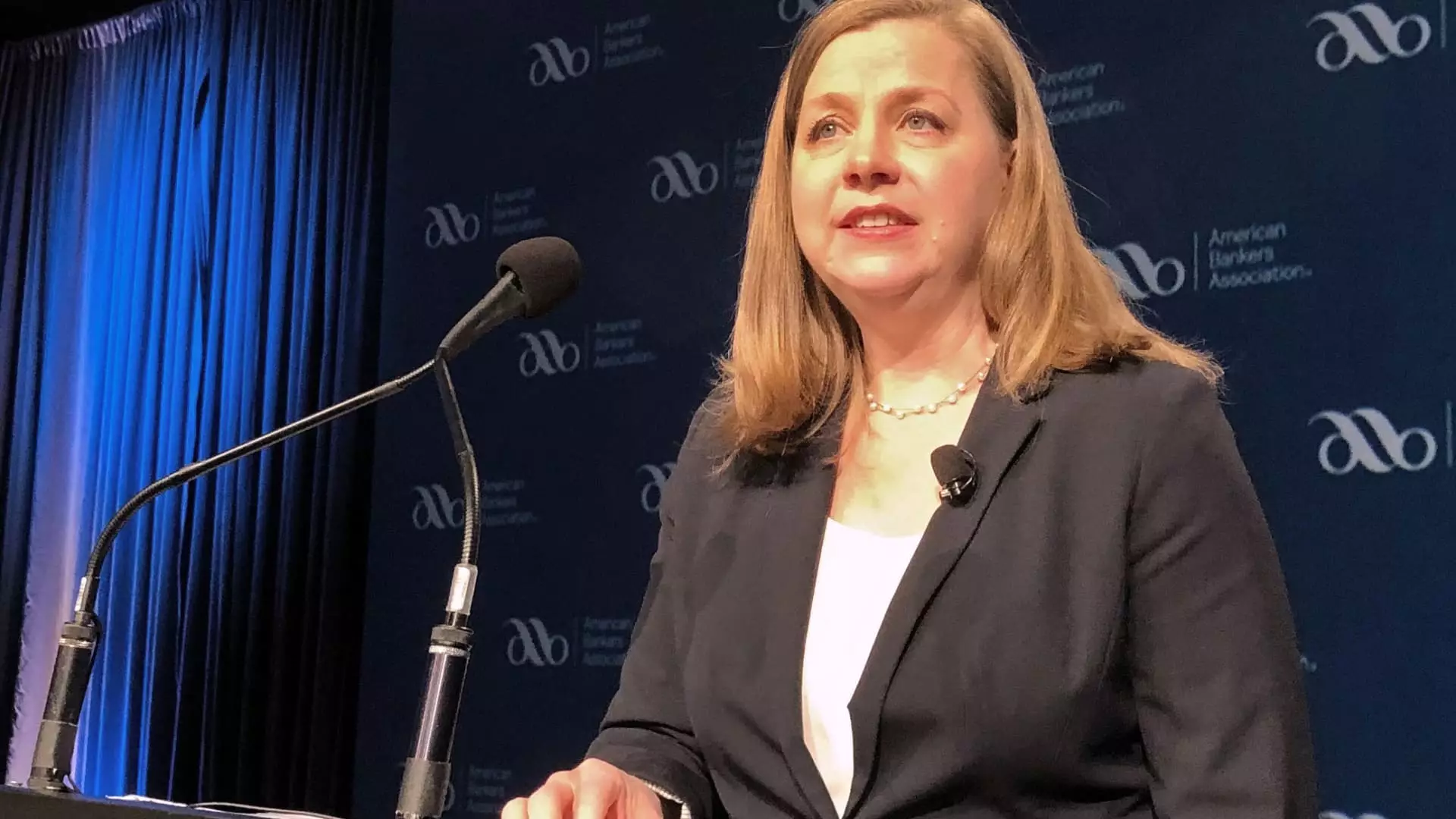Federal Reserve Governor Michelle Bowman has recently indicated that the U.S. monetary policy framework is currently in a position of stability. While this sentiment may provide a sense of reassurance, she posits that effective adjustments to interest rates will be tethered by compelling data supporting ongoing improvement in inflation metrics. Bowman’s call for more thorough analysis before any rate cuts signifies a cautious optimism, arguing for a more data-driven approach to monetary policy.
Bowman’s concerns regarding the inflationary pressures provide insight into the complexities of economic management. Particularly noteworthy is her observation on the persistent inflation of core goods prices, which has hindered progress toward a more favorable inflation landscape. Such factors are crucial as they reveal the multifaceted nature of inflationary dynamics. Despite a broader expectation for inflation to decelerate over the year, her acknowledgment of potentially protracted disinflation emphasizes the inherent uncertainties that govern economic forecasting.
Highlighting the strength of the labor market, Bowman has raised alarms about the potential risks posed to price stability. A robust job market often correlates with increased consumer spending, which can exacerbate inflation. This relationship underscores the intricate balance that policymakers must maintain: sustaining employment growth while ensuring inflation does not undermine purchasing power. In this context, the recent consumer price index data, depicting an unanticipated rise in inflation to 3%—exceeding expectations—serves as a pertinent reminder of prevailing economic volatility.
Moreover, Bowman’s comments on interest rates shed light on the Federal Reserve’s cautious approach. Retaining the target rate within the range of 4.25% to 4.5% signifies a strategic decision aimed at promoting economic growth while remaining vigilant towards inflation trends. This approach enables the Federal Reserve to effectively monitor changing economic indicators, ensuring that further policy shifts are timely and judicious. The idea is not to rush into rate cuts but rather to prioritize data interpretation and analysis.
Furthermore, external economic factors, such as the tariffs imposed during President Donald Trump’s administration, have added layers of complexity to the current economic environment. Concerns about rising prices associated with trade wars have intensified scrutiny over the Fed’s decisions and brought forward discussions regarding the potential trajectory of interest rates in the coming years. Such geopolitical considerations have a significant bearing on domestic economic conditions, highlighting the interconnectedness of global trade and monetary policy.
The statements by Governor Michelle Bowman underscore a thoughtful and methodical approach taken by the Federal Reserve in navigating the current economic landscape. The interplay between inflation rates, employment strength, and external factors will be central in determining the future financial landscape, necessitating continuous analysis and adaptive strategies to maintain economic stability.

